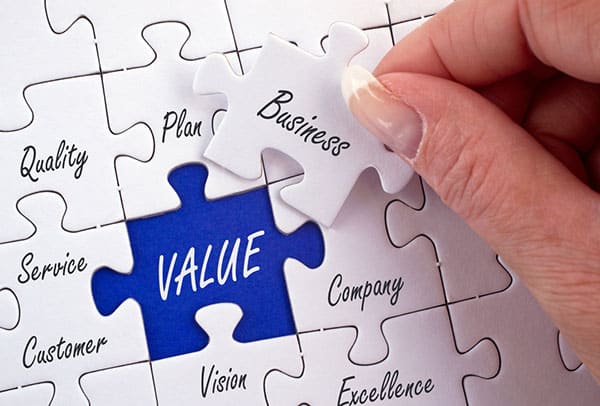Business
How much is a business worth to sell?

Introduction:
Selling a business involves numerous considerations, with one of the most critical aspects being the determination of its worth or value. Valuing a business accurately is essential for both buyers and sellers, as it forms the basis for negotiations and ensures a fair transaction. To find out more about selling your business be sure to visit Nash Advisory. This explores the various factors and approaches used to assess the value of a business when it is offered for sale.
- Financial Performance and Profitability: A fundamental aspect of valuing a business is evaluating its financial performance and profitability. Key financial factors to consider include:
- a) Revenue and Cash Flow: The revenue generated by the business and its consistency over time is a significant indicator of its value. Additionally, cash flow analysis assesses the company’s ability to generate positive cash inflows after accounting for expenses.
- b) Earnings Before Interest, Taxes, Depreciation, and Amortization (EBITDA): EBITDA is a common metric used to evaluate business profitability. It provides a clearer picture of the company’s operating performance by excluding non-operating expenses and one-time charges.
- c) Growth Potential: Prospective buyers often assess a business’s growth potential as it directly impacts its future profitability and value. Factors such as market trends, expansion opportunities, and product/service innovation can influence a business’s worth.
- Industry and Market Conditions: The industry and market in which a business operates play a significant role in determining its value. Factors to consider include:
- a) Market Size and Competition: The size and competitiveness of the market impact a business’s growth potential and market share, influencing its value. Industries with high growth potential and limited competition may command higher valuations.
- b) Industry Trends and Stability: The stability and growth prospects of the industry can influence a business’s value. Industries with steady growth and favourable long-term prospects often receive higher valuations.
- c) Competitive Advantage: A business with an exclusive value proposition, strong brand recognition, intellectual property, or a loyal customer base may have a higher value due to its competitive advantage in the market.
- Assets, Liabilities, and Intellectual Property: The tangible and intangible assets of a business, along with its liabilities, impact its overall value. Key considerations include:
- a) Tangible Assets: Tangible assets, such as property, inventory, equipment, and machinery, contribute to a business’s value. Their condition, market value, and relevance to the business’s operations are assessed during the valuation process.
- b) Intellectual Property: Patents, trademarks, copyrights, trade secrets, and proprietary technologies can significantly enhance a business’s value. The uniqueness, strength, and potential commercialization of these assets are evaluated.
- c) Liabilities and Debts: The presence of significant liabilities, such as outstanding loans, legal obligations, or pending lawsuits, can lower a business’s value. Buyers should consider the potential financial burdens they would inherit when assessing the purchase price.
- Market Comparisons and Multiples: Another approach to valuing a business is by analyzing market comparables and applying valuation multiples. This method involves benchmarking the business’ financial metrics against similar companies in the industry. Common multiples include:
- a) Price-to-Earnings (P/E) Ratio: The P/E ratio compares the business’s market price to its earnings, indicating how much investors are willing to pay for each dollar of earnings. Comparable businesses’ P/E ratios help determine fair valuation.
- b) Price-to-Sales (P/S) Ratio: The P/S ratio assesses the business’s market price relative to its revenue, providing insight into its sales performance. Comparing this ratio to similar businesses helps gauge its value.
Conclusion;
So, different industries may have specific valuation multiples based on unique characteristics and performance metrics.
-
Blog1 year ago
MyCSULB: Login to CSULB Student and Employee Portal – MyCSULB 2023
-
Android App3 years ago
Cqatest App What is It
-
Android1 year ago
What Is content://com.android.browser.home/ All About in 2023? Set Up content com android browser home
-
Software2 years ago
A Guide For Better Cybersecurity & Data Protection For Your Devices
-
Latest News2 years ago
Soap2day Similar Sites And Alternatives To Watch Free Movies
-
Android2 years ago
What is OMACP And How To Remove It? Easy Guide OMACP 2022
-
Android3 years ago
What is org.codeaurora.snapcam?
-
Business2 years ago
Know Your Business (KYB) Process – Critical Component For Partnerships

































